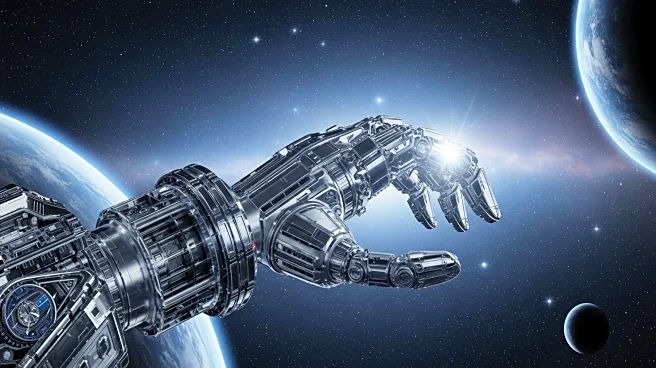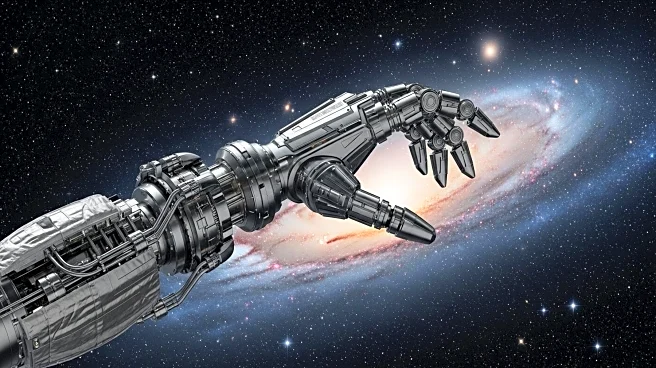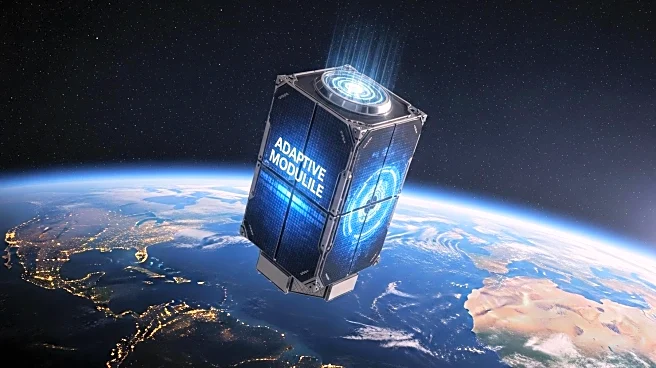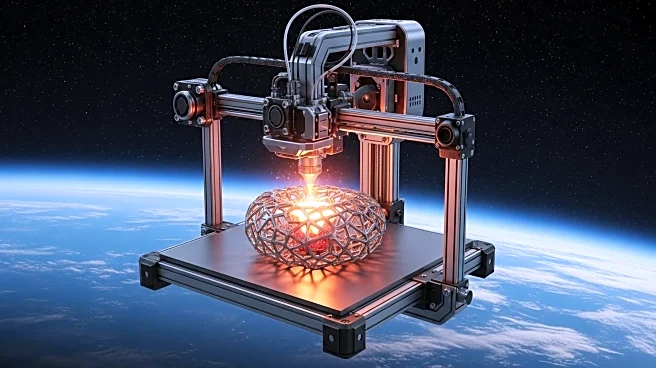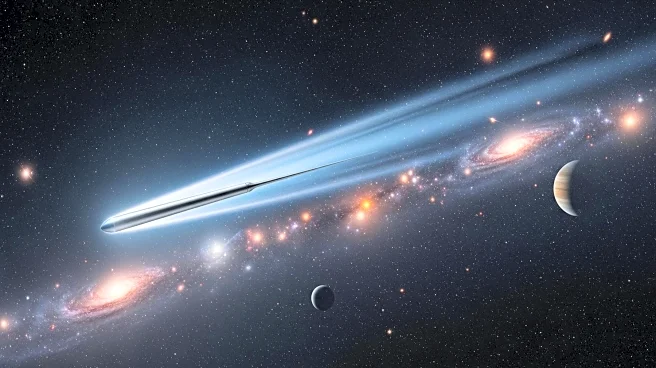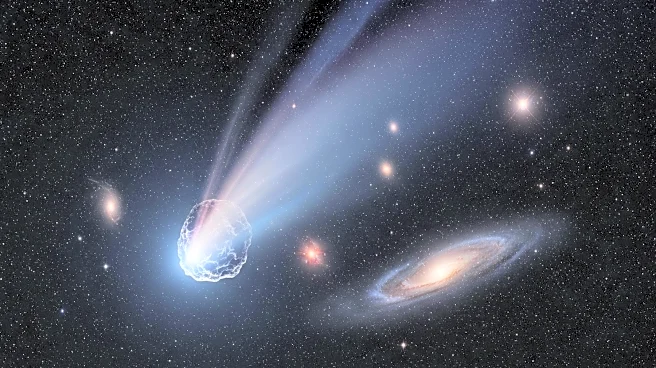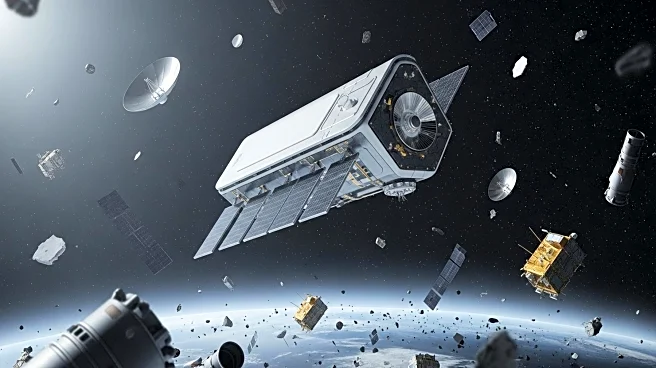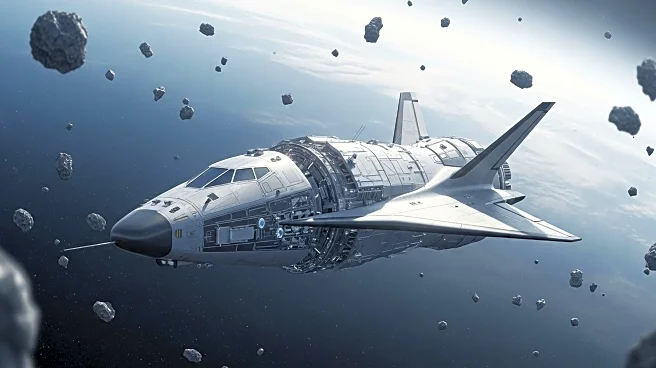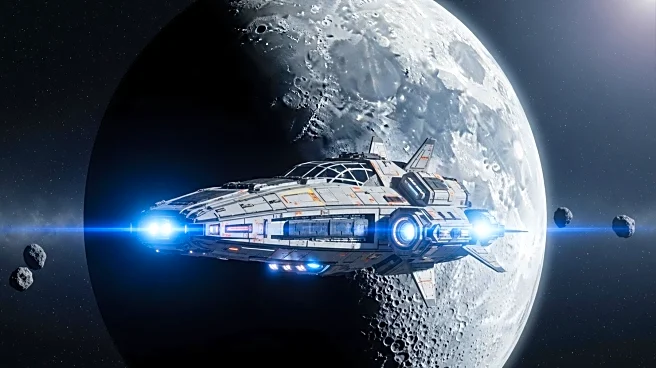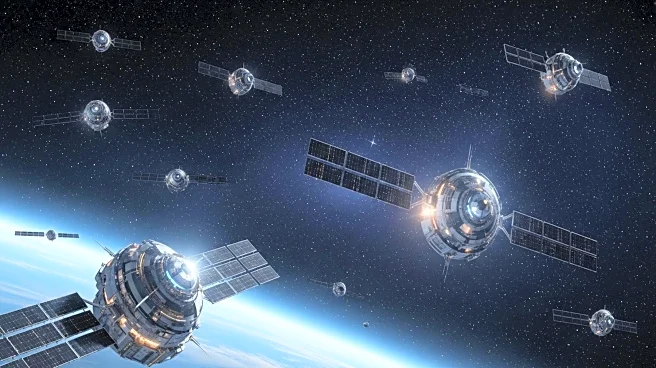What's Happening?
The European Space Agency (ESA) is developing a laser system to address the growing problem of space debris, which poses a threat to approximately 12,000 active satellites. The system aims to deflect debris from Earth, reducing the risk of catastrophic collisions linked to the Kessler Syndrome, a chain reaction of collisions that could render certain orbits unusable. The laser momentum transfer technique will gently alter the path of debris, preventing potential collisions and protecting vital space infrastructure. The initiative is part of ESA's Space Safety program, which seeks to ensure the sustainability of space activities.
Why It's Important?
The development of a laser system to tackle space debris is crucial for ensuring the safety and sustainability of space activities. Space debris poses a significant threat to satellites and complicates astronomical observations, potentially delaying critical responses to threats like asteroids. The ESA's initiative could prevent catastrophic collisions and protect vital space infrastructure, supporting the continued expansion of satellite deployment and space exploration. The findings may also inform future research on space debris mitigation and the development of new technologies for space safety.
What's Next?
The ESA will continue developing the laser system to enhance its precision and effectiveness in deflecting space debris. The initiative may inspire similar projects worldwide, fostering collaboration and innovation in space safety. The findings could inform the development of new technologies for space debris mitigation, potentially leading to breakthroughs in ensuring the sustainability of space activities. The ESA's efforts may also influence future research on space debris and its impact on satellite operations and astronomical observations.
Beyond the Headlines
The development of a laser system to tackle space debris could have broader implications for space exploration and the sustainability of space activities. The initiative highlights the importance of addressing the growing problem of space debris and ensuring the safety of satellites and astronomical observations. This research may also shed light on the dynamics of space debris and the role of innovative technologies in mitigating risks, influencing future studies on space safety and the sustainability of space activities.

